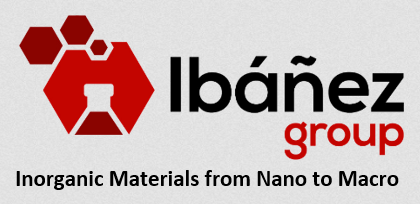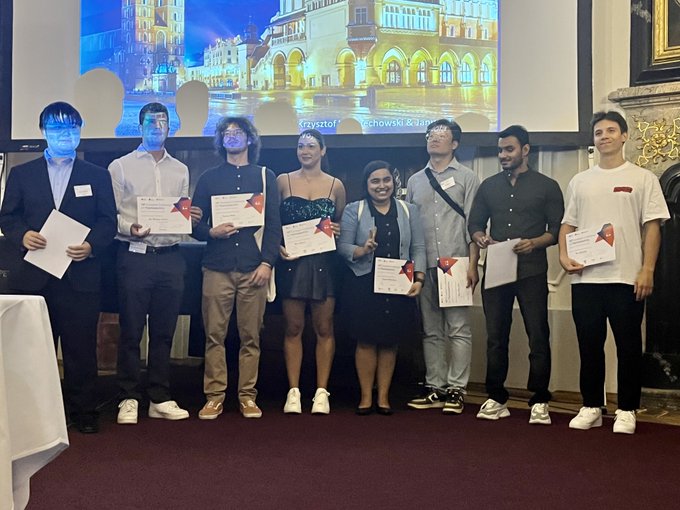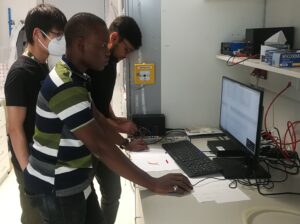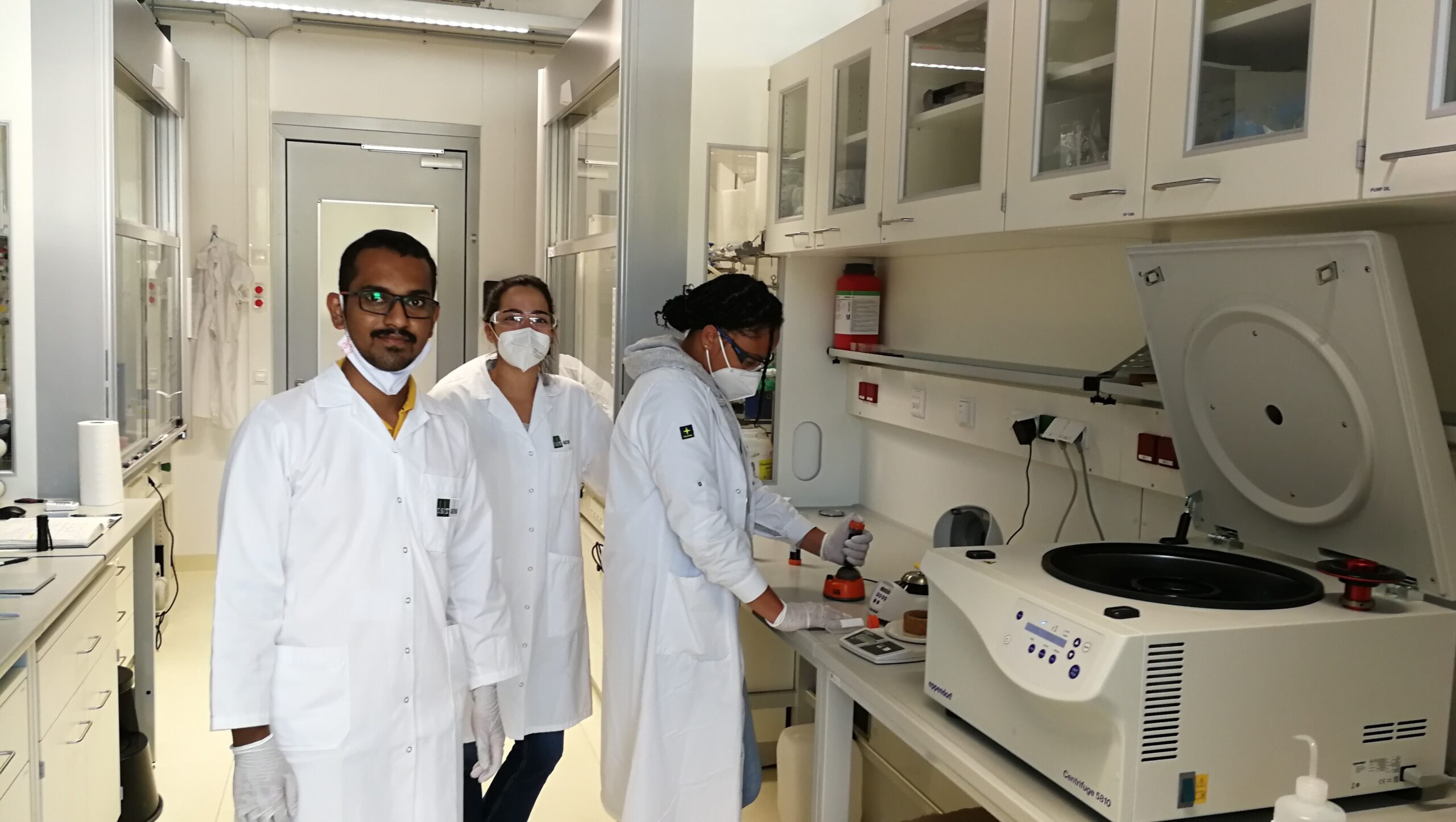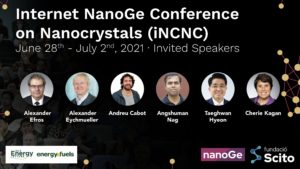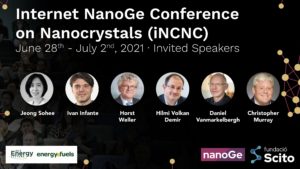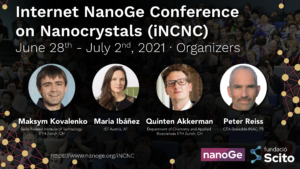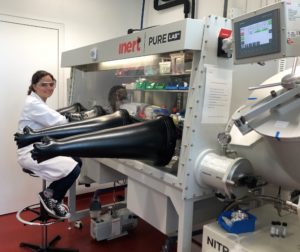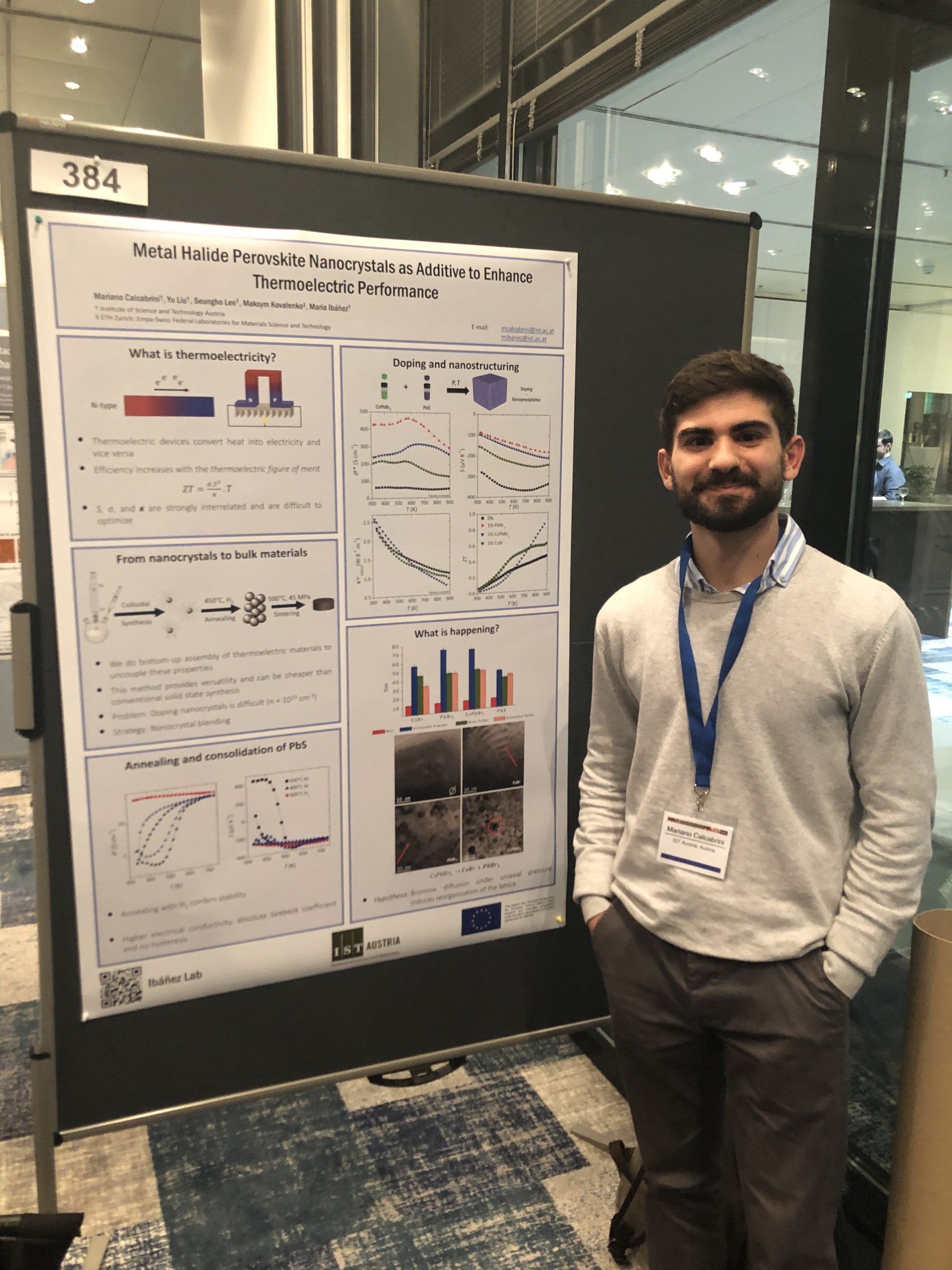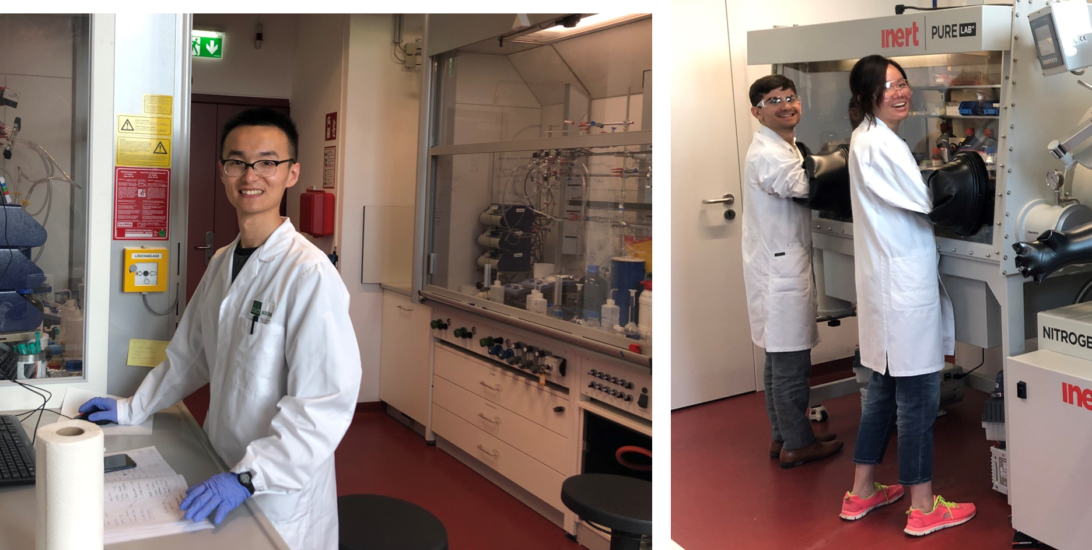A new postdoc joined the group
NOVEMBER 2024
A warm welcome to Dr. Ihor Cherniukh, who joined the group a few days ago. His research will focus on the engineering of thermoelectric nanomaterials. You can see him already working in the lab to get some exciting results!
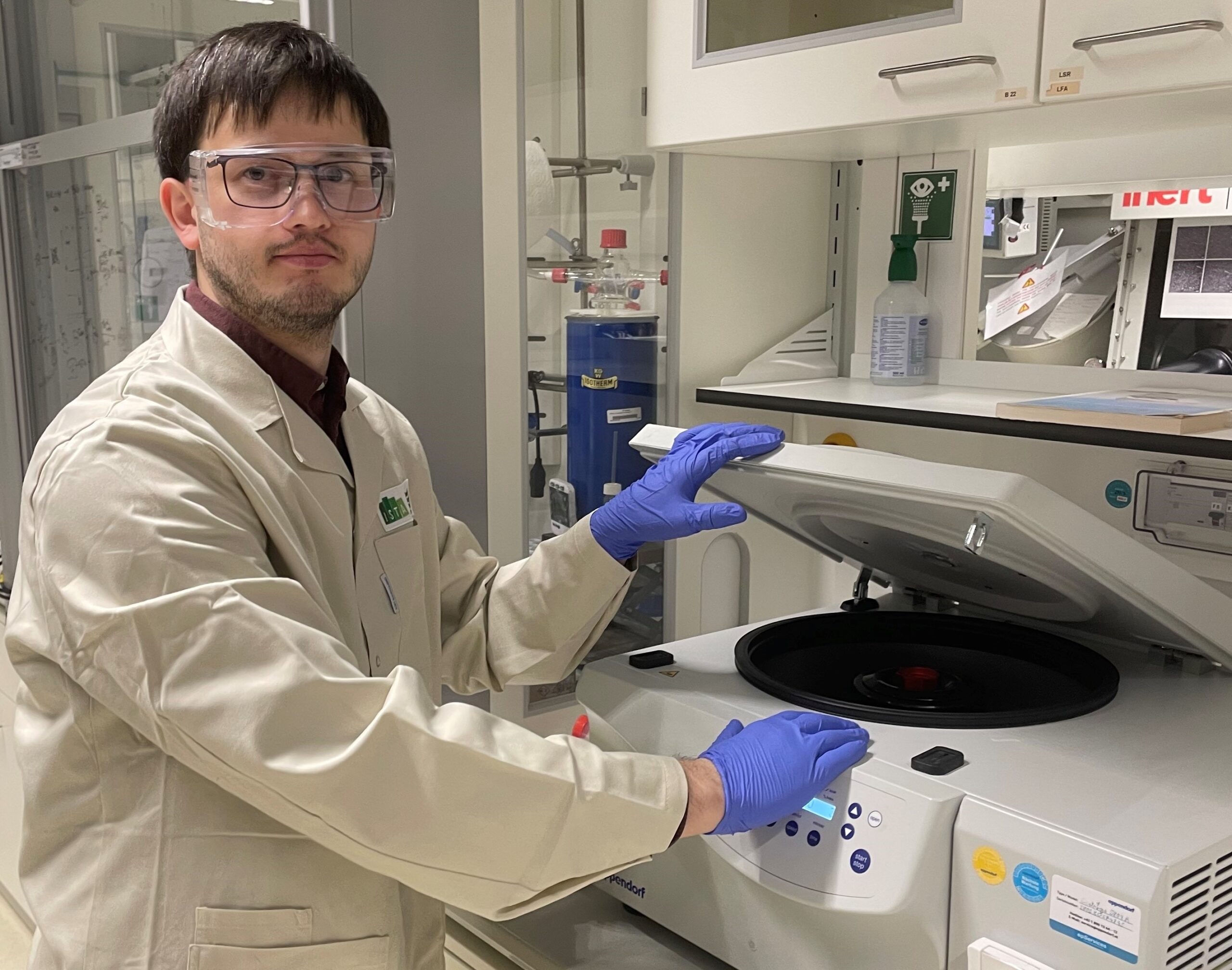
Let’s welcome a new intern in our group:
JULY 2024
Welcome to Noah who recently joined the group. He will be learning about synthesizing lead-bismuth based telluride homologous materials for thermoelectric applications. He is already ready to seal some quartz tubes.
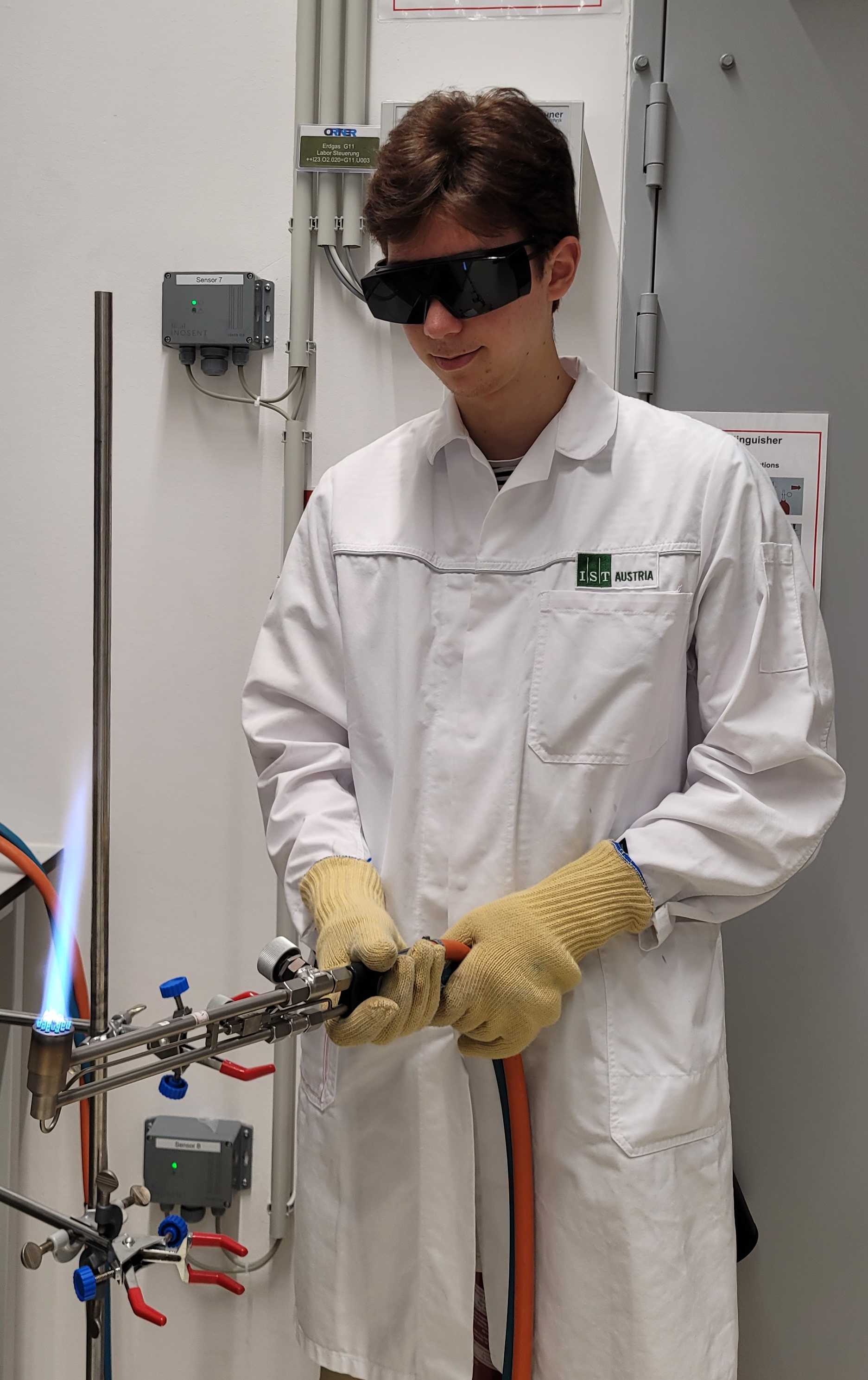
Join us for the Long Night of Research 2024 @ IST Austria, 24th May 2024, 5 – 11 pm
MAY 2024
The Long Night of Research is one of the great opportunities we have at our institute to invite family and friends for a visit to show them insights into the campus life. Come to visit us at our interactive hands-on station, we will guide you over the Prussian Blue Experience. Don’t miss this opportunity.
If you want to know more details about the workshop, click here
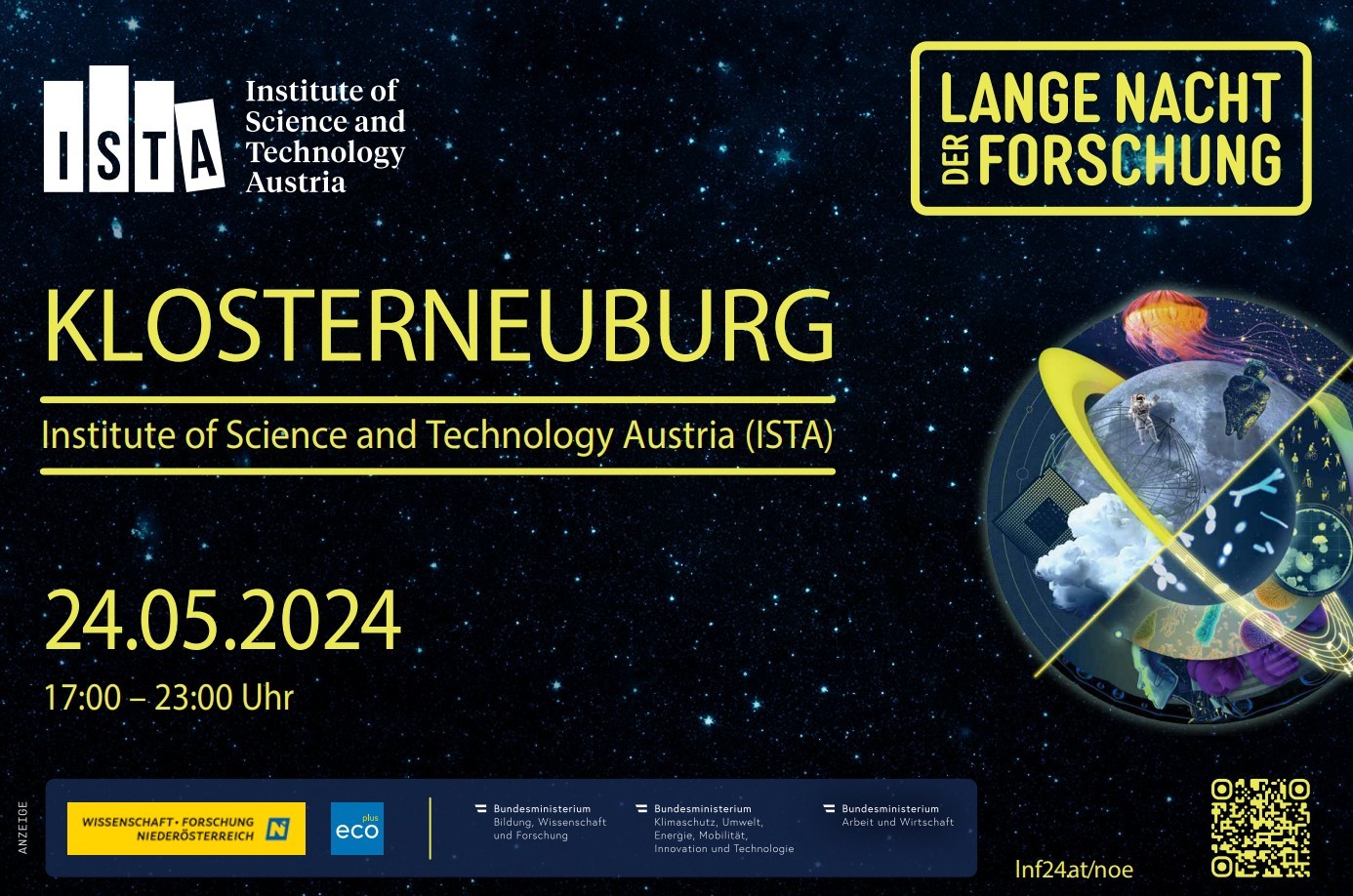
Exner Lectures 2024 – Vienna, Austria
MAY 2024
Christine, Seungho and Tobias attended the Exner Lectures in Vienna where they presented their recent publications on posters. Christine was awarded the Pioneering Milestone Award in the category “PhD/Postdoc” for her work in unveiling the chemistry that occurs during solution processing. While the concept of the purification process may seem obvious (where particles are washed to make the material pure), this does not work when impurities are electrostatically adsorbed to the surface. She showed how often the chemistry that occurs during the purification process has a huge impact on the type and concentration of remaining impurities, which results in distinct transport properties. The message is clear; it is not just a means to an end! Understanding the chemistry that occurs throughout the process is crucial for material optimization and reproducibility. Read more here Congrats Christine!
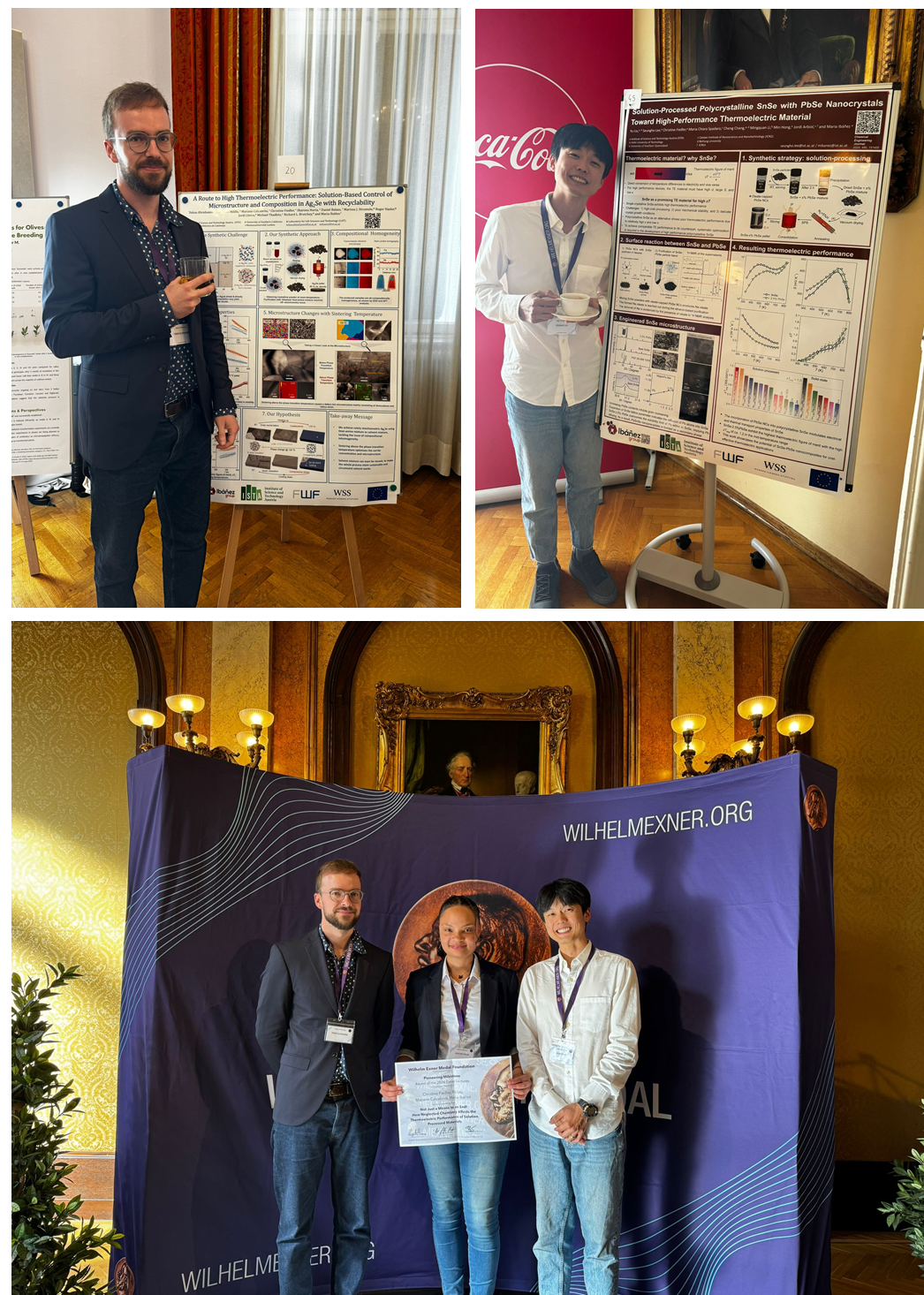
Ke is back!
MAY 2024
After visiting the group for a few months in 2022, Ke is back with us to test the efficiency of thermoelectric devices produced from solution-processed materials. We are happy to have you back in the group. We’ve missed you!

Welcome to our new postdoc Krishnendu
JANUARY 2024
Krishnendu did his PhD with Dr. Emmanuel Guilmeau at the University of Caen in France. He just joined the Ibáñez group to work on developing new copper-bismuth-based chalcogenides for thermoelectric applications. Looking forward to seeing the outcome of his work.
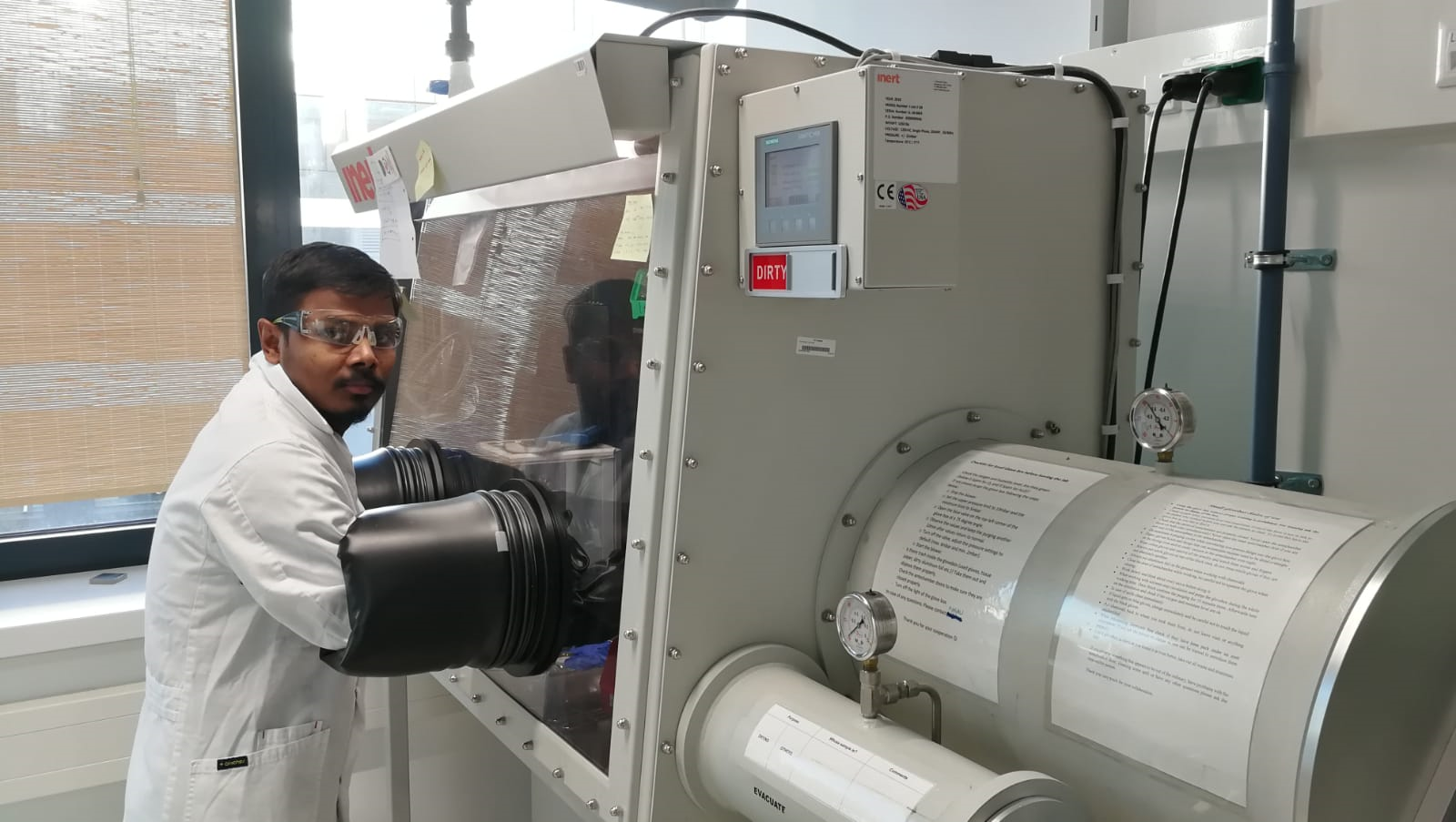
Navita has joined the group
NOVEMBER 2023
Navita has just finished her PhD with Prof. Surjeet Singh at the Indian Institute of Science Education and Research Pune. Now she joined the group and she will focus on the synthesis of inorganic chalcogenides and the optimization of their thermoelectric performance. Welcome to the group!
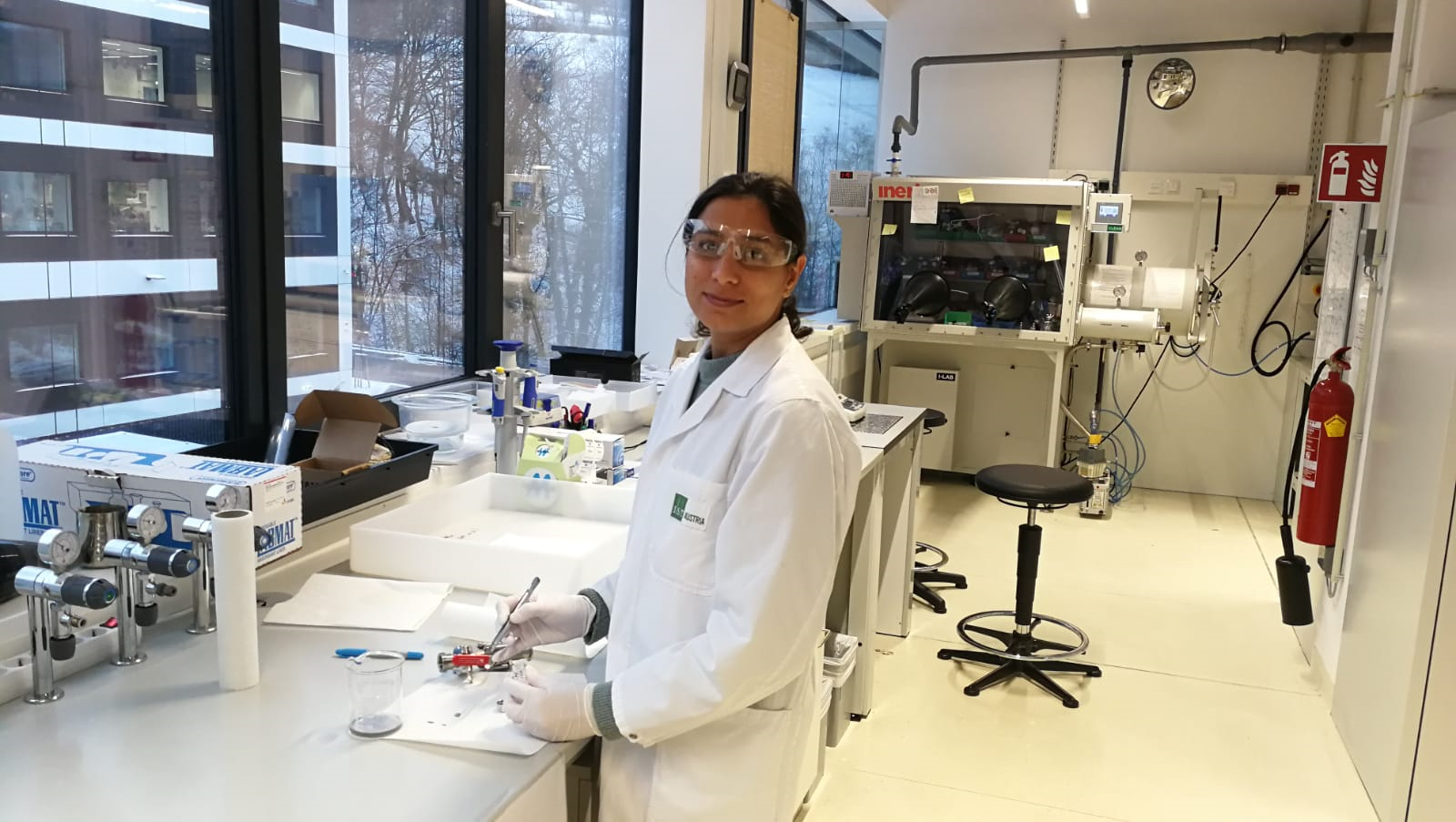
ECT 2023
SEPTEMBER 2023
Congratulations, Francesco, for winning one of the poster awards at the ECT 2023. It was a great poster and perfect explanations. We are so proud of all the work you have done at ISTA!
ISTA hosted NaNaX10
JULY 2023
First week of July, the 10th NaNaX Conference was hosted at ISTA. The conference covered a wide variety of subjects related to colloidal nanocrystals: their synthesis, physical properties, assemblies, and applications. Maria was one of the conference organizers, along with Maksym Kovalenko, Peter Reiss, and Andrey Rogach. Mariano and Christine also were extremely helpful in the organization efforts.
Hosting NaNaX10 at ISTA was a great experience that required efforts from most of the team. Special thanks to Mariano and Christine for taking the lead and helping far and beyond.
The conference was a success, and participants enjoyed the talks and poster presentations at the forefront of the field. Additionally, we had a wonderful dinner at the Redlingerhütte, a hike through the Vienna woods, and a wine tasting at a heuriger to end the conference. Congratulations are also in order to Christine for winning a poster presentation prize from the Royal Society of Chemistry!
More details of the conference can be found here http://nanax.org/

We are happy to welcome a new Post Doc in our group, Saurabh
MAY 2023
A warm welcome to Saurabh who has recently joined the group. He will work on the construction of systems for the characterization of thin films and develop high performance thermoelectric materials.
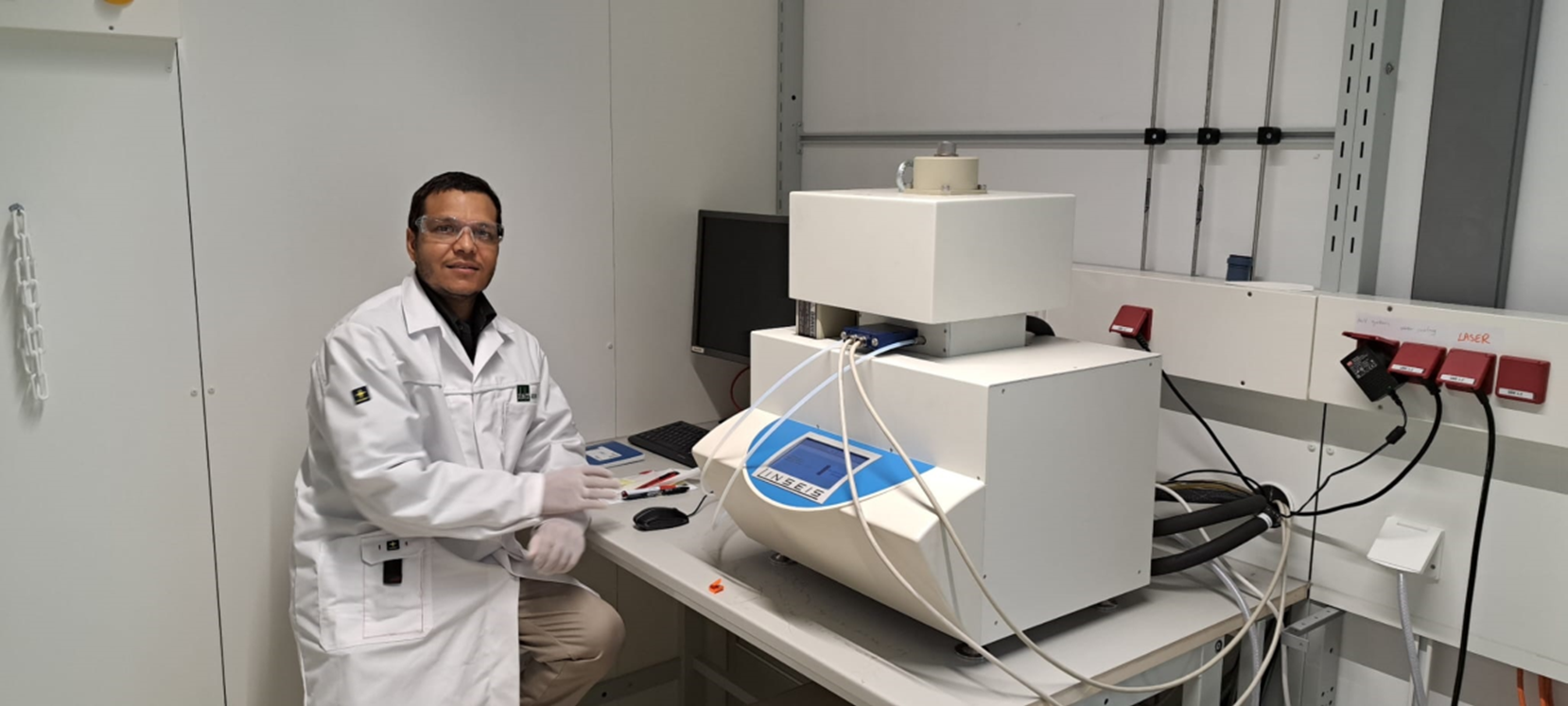
Big congrats to Mariano, he is the first PhD student of the group graduating!
APRIL 2023
A drum roll for Mariano on successfully defending his thesis! It takes dedication, hard work, and a lot of persistence to complete such an accomplishment. Hats off to you and Maria for guiding you through this journey. Keep up the great work and we cannot wait to see what the future holds for you.

A new rotation student has joined the group:
APRIL 2023
Welcome to Angelina who will focus on ink formulation for thin film fabrication with the spraying technique. She is already hand on!
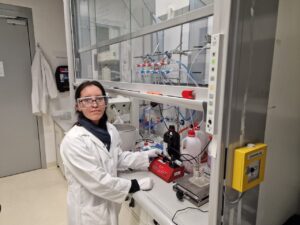
Let’s welcome a new visiting student in our group:
APRIL 2023
Welcome to Francesco who joined the group one week ago. He will be learning about synthesis and characterization of thermoelectrical materials. He is already practicing on our glove box.
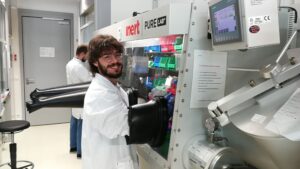
Mateja, a PhD student, is visiting us for several months.
MARCH 2023
Let’s welcome Mateja Hrast who joined the group for a few months. Mateja is currently a Ph.D. student at the Jozef Stefan Institute in Slovenia. She is focusing on the Auger process in ultra-fast-dissociating molecules.
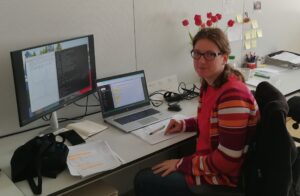
Our group is still growing: Rhys just arrived!
FEBRUARY 2023
We are happy to welcome our first theoretician in the group, Rhys, who will tackle problems in surface chemistry and thermoelectric materials.

Two new rotation students have joined our group, Aiswarya and Samuel
JANUARY 2023
Let’s welcome our 2 first rotation students this year, Aiswarya and Samuel! Aiswarya will work on epitaxially connected quantum dot superlattices and their electrical transport studies. And Samuel will study the modification of polymer surfaces with nanoparticles.
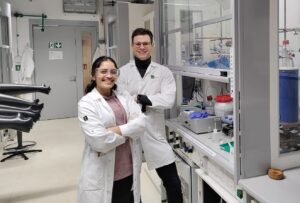
A warm welcome to our new Post Doc, Mario
JANUARY 2023
After working on the synthesis and characterization of molecular magnetic materials for spintronic applications during his PhD, Mario developed hot topics such as light-propelled micromotors, 3D-Printing, and surface functionalization of 2D materials. He recently joined the group to work on the preparation of new Prussian Blue Analogs to be applied in sustainable, efficient, and low-cost batteries. Welcome to the group Mario!
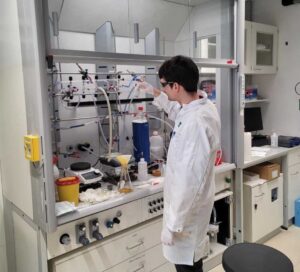
Christmas time
DECEMBER 2022
The group had a lovely time celebrating Christmas together. We participate in an escape room challenge and afterwards have a nice dinner all together.
MRS Fall 2022
NOVEMBER – DECEMBER 2022
Seungho and Maria travelled to Boston to participate in the MRS Fall 2022 conference. Maria gave an invited talk explaining the role of surface species on nanoparticle sintering. Seungho presented his results in a beautiful poster. It was an intense week, but with very interesting talks and posters. They also enjoyed gathering with peers and old friends. We thank the organizers for preparing such a great program!
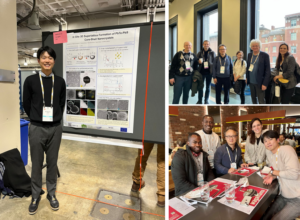
First MeBattery Progress Meeting at ISTA
NOVEMBER 2022
We were happy to host the 1st MeBattery Progress Meeting on November 3-4, 2022.
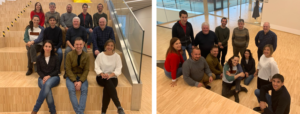
Congratulation to Maria who was named “VERBUND Professor of Energy Science”
OCTOBER 2022
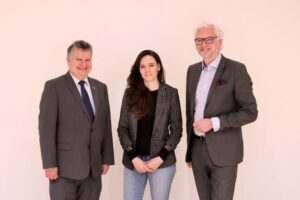
We are happy to welcome a new Post Doc in our group, Igor
OCTOBER 2022
Igor Echevarría did his PhD with Profs. Gustavo Espino and Roberto Quesada at the University of Burgos in Spain. He joined the Ibáñez group a few weeks ago as a postdoc researcher to work on the preparation of the active solid materials for flow batteries envisions in MeBattery (Mediated Biphasic Battery). Welcome to the group Igor!
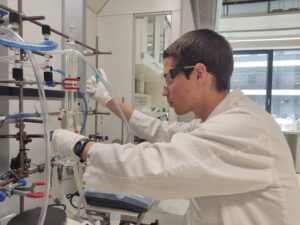
A new intern has joined the group!
OCTOBER 2022
Welcome to Abayomi who comes from Nigeria. He will help to develop our setup for the high throughput discovery of thermoelectric materials. He is already hand on!
Our first group retreat after Corona!
SEPTEMBER 2022
After more than 2 years without travelling because of the pandemic, we made our first group retreat after Corona. We went to Hallstatt-Obertraun where we stayed for 3 days in a beautiful Chalet. We enjoyed the snow in the mountains but also the nice weather around the lake, we had a lot of fruitful scientific discussions and also a lot of fun all together!
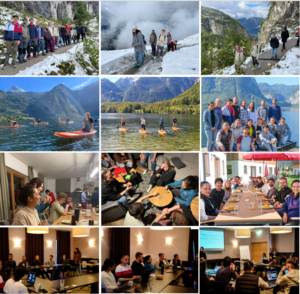
Anna is back!
SEPTEMBER 2022
After joining the group for a couple of months last summer, Anna went back to the US. She finally decided to return to ISTA for a year-long internship among us. Seungho is already sharing his wisdom with her. We are really happy to have you back in the group. We’ve missed you!
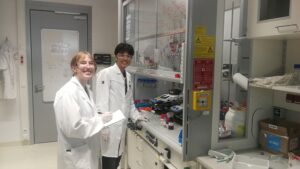
Nick Stadie came to visit us!
SEPTEMBER 2022
This week we had the chance to welcome Nick Stadie from Montana State University who gave an interesting talk about energy storage on carbon-based surfaces. Thanks for the fruitful scientific discussions!
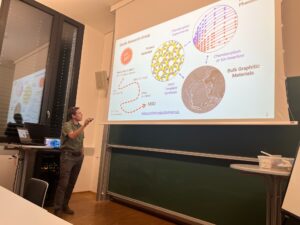
A new Post Doc has joined our group, welcome to Andreu!
AUGUST 2022
Andreu Bonet joined the group a few days ago. He will help to build a high-throughput setup for the discovery of thermoelectric materials. He is already working hard on setting a 3D printer, we are really impatient to see the outcome, welcome to the group Andreu!

A warm welcome to our new scientific intern, Vlad, and visiting PhD student Ke
JUNE 2022
Vlad joined the group one week ago, he will work on grain growth. He is already practising with our LSR machine!
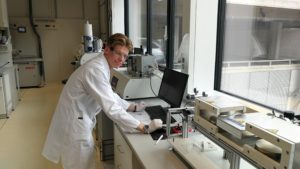
Ke Xiao is currently a Ph.D. student at the University of Barcelona under the supervision of Prof. Andreu Cabot from the Catalonia Institute for Energy Research (IREC) in Spain. He will be in our group working on producing thermoelectric devices from solution-processed materials and testing their efficiency. Ke is already setting his experiments, looking forward to seeing the outcome of his work.
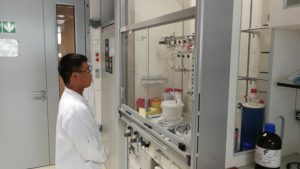
We had great speakers these last few days
JUNE 2022
Dr. Matthias T. Agne, who did his Ph.D. studies at Northwestern University with Prof. G. Jeffrey Snyder and is now a Postdoctoral Fellow at WWU Münster, gave a wonderful talk about phonon channel engineering through crystal chemistry and defects. Thanks for the enlightening conversation and nice discussions!
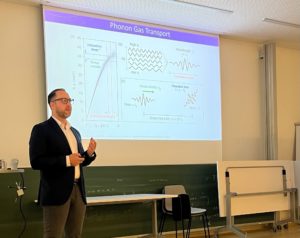
Dr. Andreu Bonet Navarro, who did his Ph.D. studies at Eurecat – Technology Centre of Catalonia in Spain and where he is now a Postdoctoral Fellow, spoke about automation of measurement and sampling for electrochemical reduction of CO2. We had interesting scientific conversations and we are looking forward to welcoming Andreu to our group this summer!
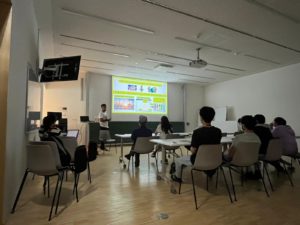
And finally, we had the great pleasure of welcoming Prof. G. Jeffrey Snyder for the second time. We really enjoyed his talks as he taught us about electronic structure, phase diagrams, interfaces, and transport.
A new postdoc position is currently open in our research group
JUNE 2022
We are currently hiring a postdoc researcher to work on the preparation of the active solid materials for flow batteries envisions in MeBattery (Mediated Biphasic Battery), a European project which brings together 6 partners (Universidad de Burgos (coordinator), Fundación IMDEA Energía, Institute of Science and Technology Austria, Universidade de Aveiro, Ruhr-Universität Bochum and Eurice – European Research and Project Office GmbH) and which has been funded with EUR 2.5 million from the European Innovation Council’s (EIC) Pathfinder program.

Please check if this topic suits your competencies and directly contact Maria Ibáñez with a cover letter and a CV via email. Please specify in the subject of the mail the topic “mebattery postdoc position”.We are looking forward to receiving your application!
Join us for the Long Research Night 2022 @ IST Austria, 20th May 2022, 5 – 11 pm
MAY 2022
The Long Night of Research is one of the great opportunities we have at our institute to invite family and friends for a visit to show them insights into the campus life. Come to visit us at our playful hands-on science booth, we will host a slime-making station, explaining the chemical process behind the manufacturing of the sought-after toy. All for free! Don’t miss this opportunity.
If you want to know more details about the workshop, click here

We are happy to welcome a new Post Doc in our group, Shengduo
APRIL 2022
Shengduo Xu did his PhD with Prof. Zhigang Chen at the University of Queensland in Australia. He joined the Ibáñez group a few weeks ago and will work on flexible thermoelectric materials and devices, and the miniaturization of thermoelectric coolers. Looking forward to seeing the outcome of his work.
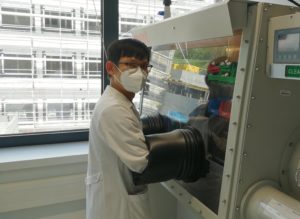
Prof. G. Jeffrey Snyder came to visit us!
APRIL 2022
After more than two years without visitors, we really enjoyed Jeffrey’s visit to our group and all the in-person fruitful scientific discussions. Thanks to Prof. Snyder for sharing your knowledge with us!
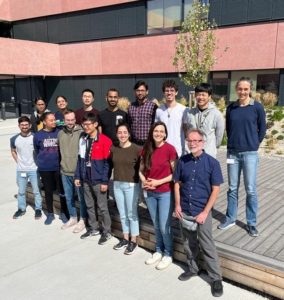
We learned a lot from the two talks he gave. The first one “Strategies for Engineering Complex Thermoelectric Materials” and the second, “Engineering Grain Boundaries in Thermoelectric Materials”.
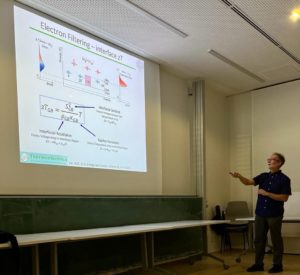
Marios is working on 2D halide perovskites
FEBRUARY 2022
Marios arrived on the 15th of November 2021 and has been synthesizing 2D halide perovskites and exploring their performance as an additive for thermoelectric materials. Similar to the work done by Mariano in our recently published paper Exploiting the Lability of Metal Halide Perovskites for Doping Semiconductor Nanocomposites; ACS Energy Lett. 2021, 6, 581-587
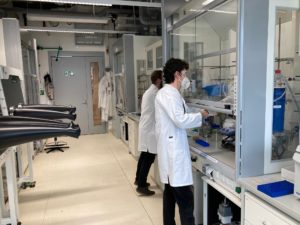
Liu was highlighted in the Chinese version of MIT Technology Review
FEBRUARY 2022
Former postdoc Liu Yu and now group leader at the Hefei University of Technology was featured in an article in the Chinese version of MIT Technology Review. He explains his scientific career, how hard it has been balancing personal and work life and briefly discusses his latest publications with our group. Check the whole article in the link below.
https://mp.weixin.qq.com/s/OeDJC5eY-N9NYBwXGY0eeA
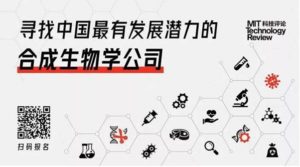
Congratulations Liu! We wish you the best of luck in your future career.
Our group is still growing: Aiswarya just arrived!
FEBRUARY 2022
Welcome to our new intern Aiswarya who joined the group one week ago. She will work with Daniel studying transport in nanocrystal thin films. She is already practising on our high-temperature hall with Abid!
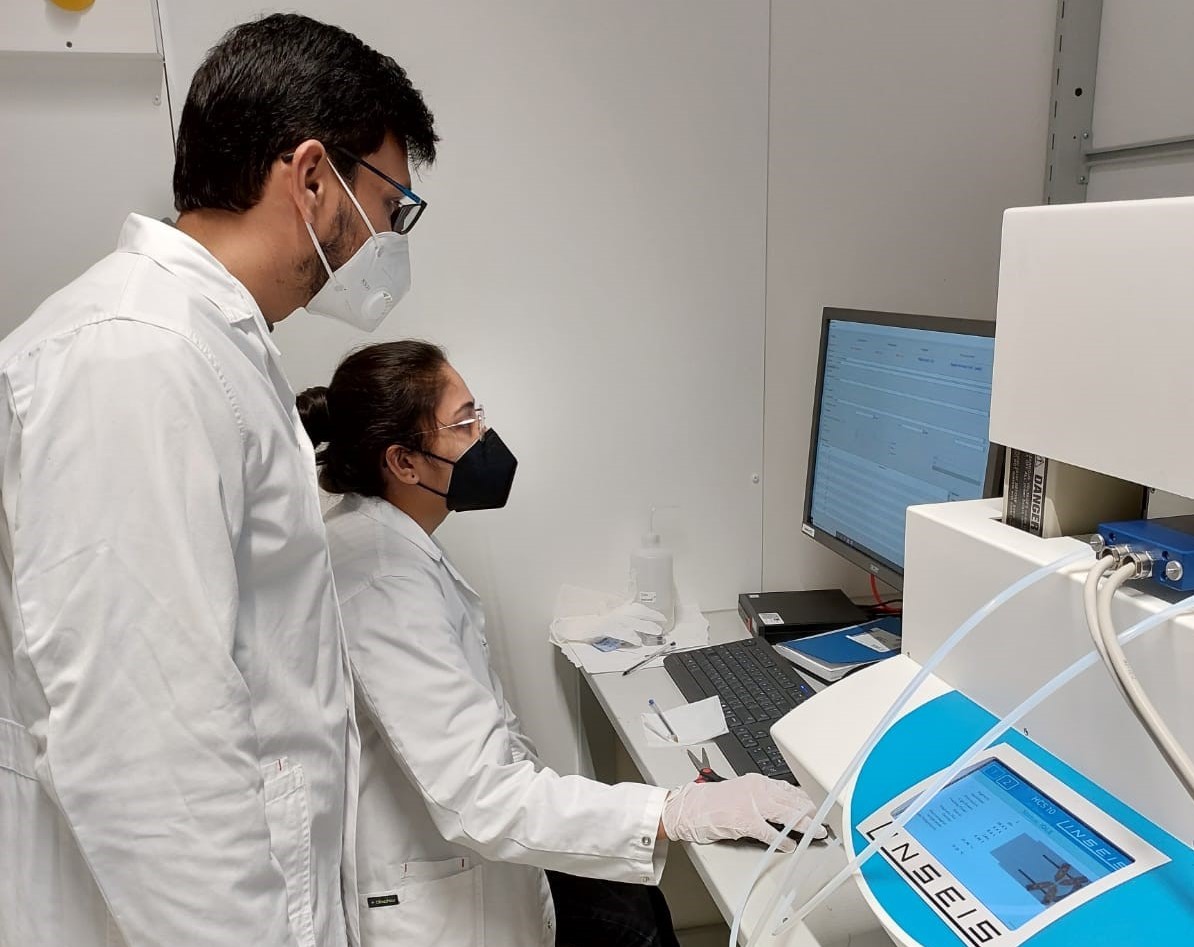
A warm welcome to our new Post Doc, Abid
FEBRUARY 2022
Abid Raza joined the group a few days ago. He will help to develop our setup for the high throughput discovery of thermoelectric materials. He is already working hard on our temperature controllers, we are really impatient to see the outcome, welcome to the group Abid!
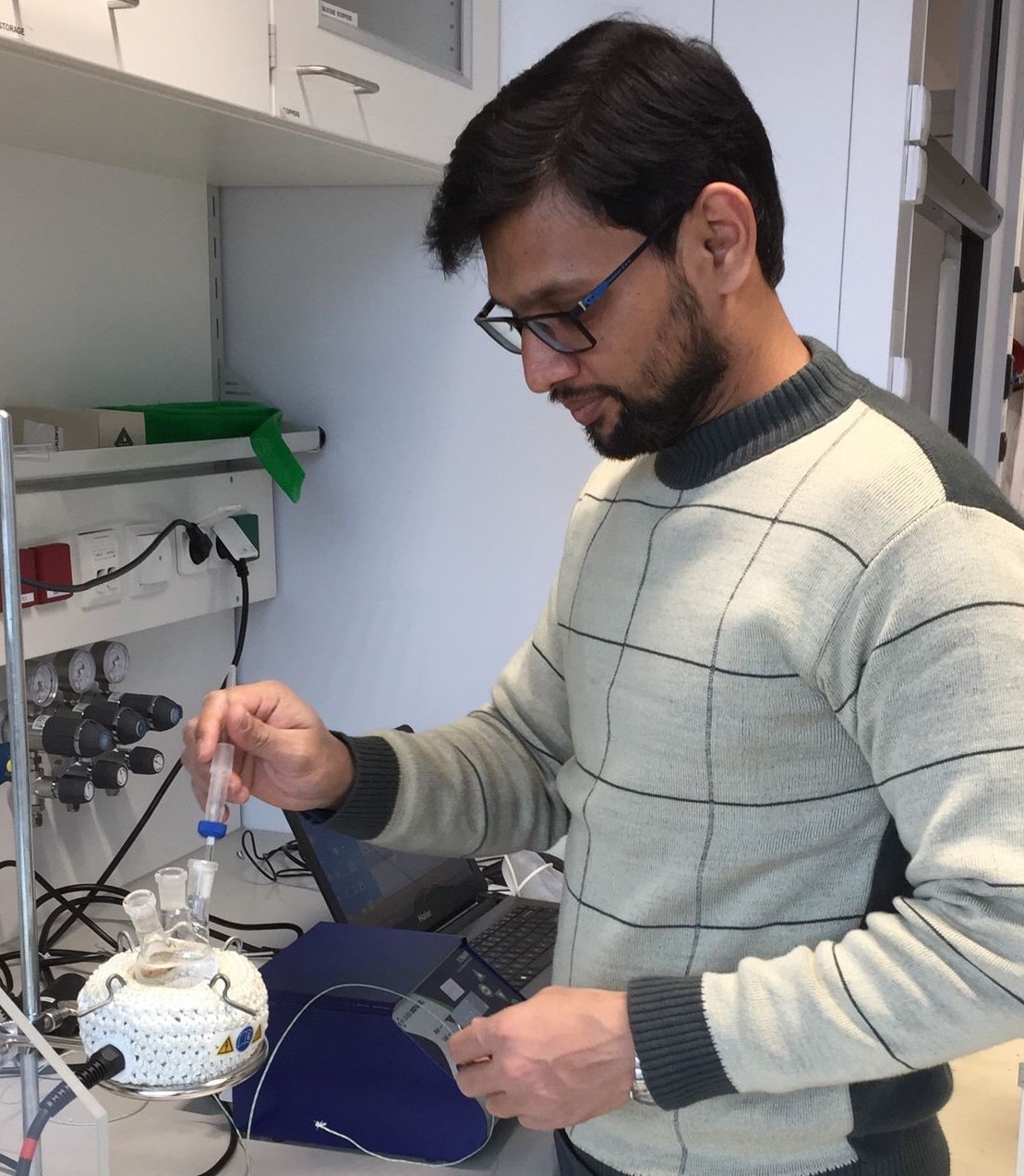
Sharona has joined the group
A warm welcome to Dr. Sharona Horta, who joined the group a couple of months ago. Her research will focus on the in-situ structural characterization of a thermoelectric material by electron microscopy. You can see her working at our HRTEM to get some exciting results!
Two newcomers, Prathamesh and Maria, have arrived in our group
Two new interns, Pratamesh and Maria, recently joined us. They will work on processing thermoelectric materials by solution methods. Christine is already sharing her wisdom with them. Welcome to the group!
Join us for the workshop “Future Directions in Chemistry: From Biology to Advanced Materials”
JULY 2021
IST Austria is organizing this amazing workshop Sep 29-30. We have outstanding speakers that will provide an overview of some of the latest developments in chemistry what might be expected in the future. Topics include catalysis, chemical biology, energy, organic chemistry, and polymer/supramolecular chemistry. Lectures will be held onsite and live streaming will be provided for participants. All for free! Don’t miss this opportunity and register.
If you want to know more details about the workshop, click here.
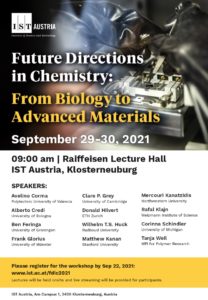
Join us @ International nanoGe Conference on Nanocrystals (iNCNC) June 28th – July 02nd, 2021
JANUARY 2021
International nanoGe Conference on Nanocrystals (iNCNC)
Join us @ International nanoGe Conference on Nanocrystals (iNCNC) June 28th – July 02nd, 2021
JANUARY 2021
International nanoGe Conference on Nanocrystals (iNCNC)
The iNCNC is an online conference with the aim to bring together scientists of different research disciplines active in the fields of nanoscience and nanotechnology, with a focus on colloidal nanocrystals.
- Nanocrystal synthesis, surface chemistry and assembly
- Nanocrystal individual and collective optical, electronic and magnetic properties
- Applications in electronics, photonics, plasmonics, catalysis, energy conversion and storage, and biology and healthcare
Happy New Year 2021
JANUARY 2021
All members of Ibáñez group wish you a Happy New Year!!!
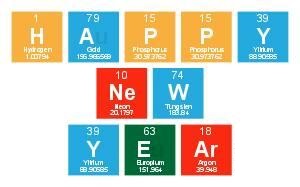
Merry Christmas
DECEMBER 2020
All members of Ibáñez group wish you a Merry Crystal, oops sorry, a Merry Christmas!!!
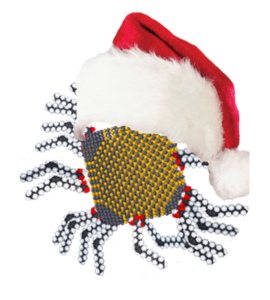
Thanks Sergi for the picture!
Mariano was visiting the De Roo lab
SEPTEMBER 2020
We are trying to unravel the chemistry behind the formation of Ceria nanocrystals. Mariano went to Basel to work with the De Roo group, experts in oxide nanocrystals and surface chemistry. Stay tuned, exciting results will follow.
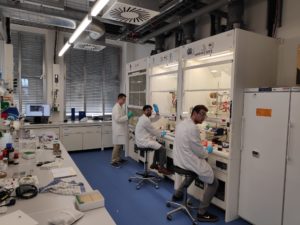
We visit our future lab
SEPTEMBER 2020
Then new lab is moving forward. Hopefully, by June next year, we will be in our new house. More fume hoods for all our wet chemistry an extra boxes for our material processing and characterization. We can’t wait!!
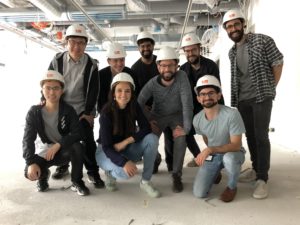
This summer Anna-Maria and Christoph will be with us
JULY 2020
Summer is a great time for the group as interns join the group. This year two students from TU Wien has joined us. Anna-Maria will be learning about nanocrystal synthesis. Her task, play with core-shell structures. She will work side by side with Sergi and Seungho. Christoph will explore room temperature crystallization mechanisms with Tobias.
Seungho is back!
JULY 2020
Seungho started as an intern in the group, and last year decided to join the grad school at IST. After doing lab rotations with Freunberger and Shigemoto he decided to do the PhD with us. He will be working on nanocrystal synthesis. We are really happy to have you back in the group. We’ve missed you!
Maximilian Ritter has joined the group
JULY 2020
A new intern, Max, will spend the summer with us. He will work with Sergi trying to get large scale epitaxially connect nanocrystal superlattices. Hard task ahead!

We have now a lab technician. Welcome Clara!
JUNE 2020
After one and a half year we are really happy to have someone that will take care of our lab and equipment. Building a lab from scratch was full of surprises. One that we would never expected is that all new system will have some kind of issue! What a roller coaster of a year having to deal with so many issues. We hope that with Clara here things are more under control and we can run all our experiments smoothly.
Pending celebrations
JUNE 2020
March was a good month for the group. We submitted the first paper done fully at IST, Cheng was awarded with the Lise Meitner grant and the group got an important grant. However celebrations had to wait due to Covid-19. Finally, we could gather and cheer together for the accomplishments made.
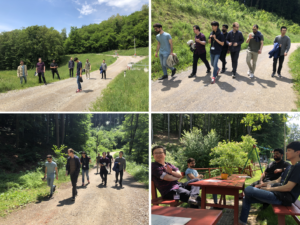
Tobias and Alwin have joined the group
JUNE 2020
Tobias has just joinned the group as a PhD student. His first project is focused on the synthesis and characterization of nanocomposites. Looking forward to see the outcome of his interesting experiments.
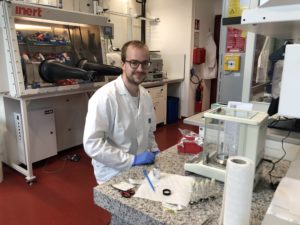
Alwin is doing his master thesis with us guided by Mariano. His goal is to produce and characterize nanocrystal thin films.
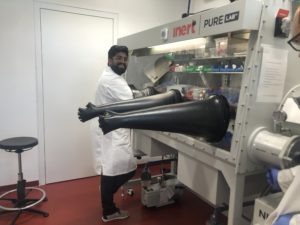
The group is working remotely
MARCH 2020
In times of Covid-19, we have to stop all the lab activities and place ourselves in self-quarantine to contribute to the reduction of the virus spread. These are not easy times, but we are trying to do the best out of the situation. So we take the opportunity to catch up with literature, improve our writing skills and take some online courses in our cozy home offices.
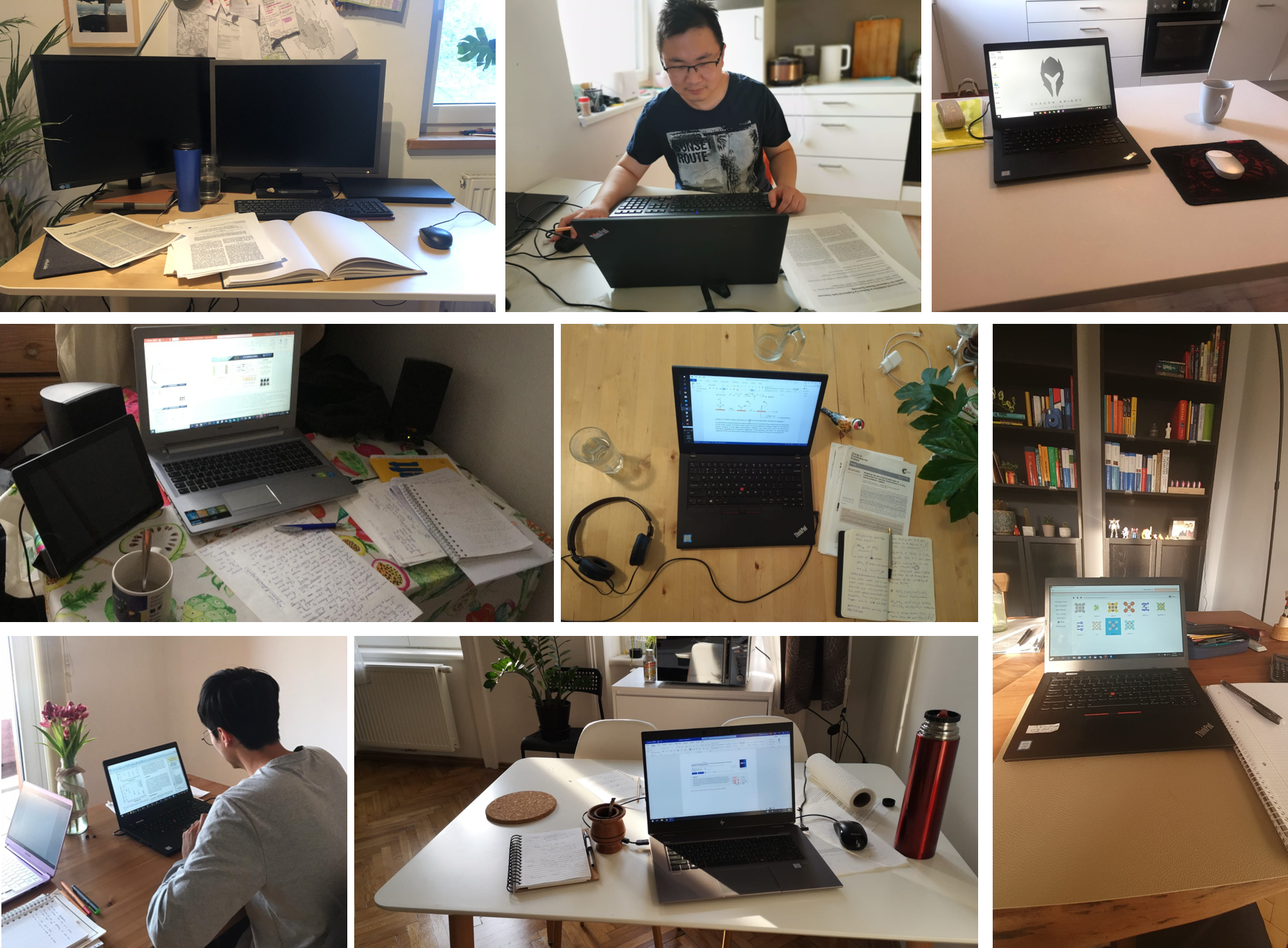
Congratulation to Cheng!
MARCH 2020
Dr. Cheng Chang has been awarded with the postdoctoral grant Lise Meitner, which will support his research for the next two years. His project “Bottom-up Engineering of Tin Chalcogenide for Thermoelectric Applications” aims to produce low-cost Sn chalcogenide thermoelectric materials with high performance by enabling the unique potential of nanoparticles as building blocks.
Part of the group @ nanoGe
NOVEMBER 2019
Last week Mariano and Maria travelled to Berlin to participate in the conference NanoGe. Maria gave an invited talk in the symposium Charge Carrier Dynamics and Mariano presented his first results in a beautiful poster in the symposium Fundamental Processes in Semiconductor Nanocrystals. It was an intense week, but with very interesting talks and posters. We thank the organizers for preparing such a great program!
Sergi Sànchez has joined the group
NOVEMBER 2019
Sergi has taken the challenge to build up atomically connected quantum dot superlattices.
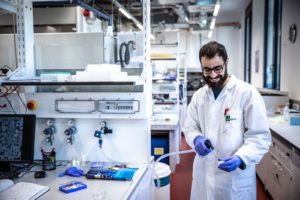
Cheng Chang and Guillem Montaña has joined the group
OCTOBER 2019
Cheng has just finished his PhD with Prof. Li-Dong Zhao, a world expert in bulk thermoelectric materials. Now he joined the group seeking for more unconventional methods to produce thermoelectric materials. He is already getting his hands “dirty” on the fume hood.
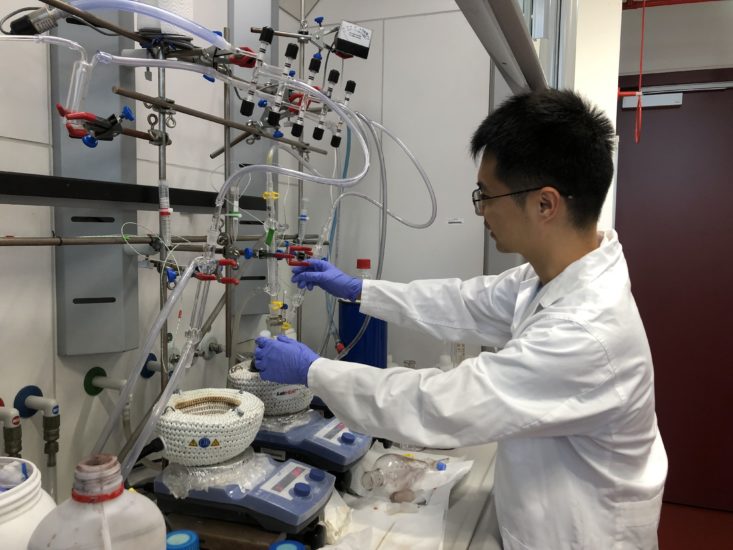
Guillem has joined the group as an intern for the next 4 month. He will be working on the synthesis of metallic nanoparticles and learn electrocatalysis. Dogukan is already sharing his wisdom with him.
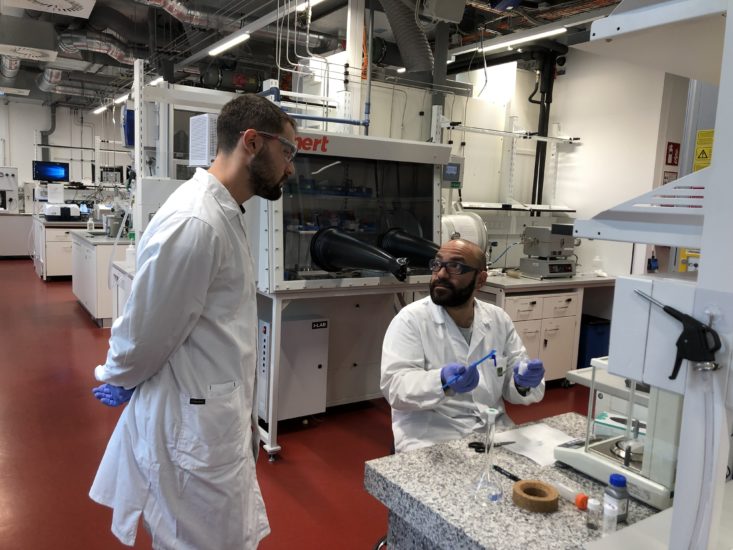
Our first group retreat
SEPTEMBER 2019
We traveled to Altausseer See where we stayed for 2 days in a beautiful Lodge. We shared home-made food, time in the nature and fruitful scientific discussions.
Nature Index ranks IST Austria #3 in the World
AUGUST 2019
Yesterday “Nature Index 2018” were published. For the first time, the size of the institutions in which the publishing researchers work is also taken into account. IST shows up 3rd worldwide in the ranking!
Dr. Balazs will visit us next week to talk about colloidal quantum dot superlattices!
JUNE 2019
His talk will be entitle “Colloidal quantum dot superlattices: physical chemistry and solid-state properties“
In the first part of his talk, He will discuss the considerations for the formation of colloidal quantum dot superlattices. Understanding the physicochemical phenomena that take place during assembly is of importance for developing highly ordered materials over macroscopic length scales. Using grazing incidence small angle X-ray scattering (GISAXS), the fluid and particle dynamics which lead to the final structures can be tracked, bringing us one step closer to the ideal ordered, homogeneous arrays.
In the second part of the talk, He will give an overview how the macroscopic optical and electronic properties of colloidal quantum dot assemblies can be fine-tuned by exploiting the presence of quantum confinement and the large surface-to-volume ratio, all by simple, chemical methods. The overall effect is always a combination of doping, electronic coupling or electronic structure engineering, which can be studied and distinguished using a combination of techniques, contributing to the understanding of chemistry at the nanoscale.
A warm welcome to Yu Zhang and Wei Tan
JUNE 2019
Yu Zhang from IREC in Barcelona and Wei Tan from Imperial College London are going to spend the summer in our lab working on solution processed thermoelectric materials. They are already hand on!
We got the JACS cover!
MAY 2019
Our cover art representing our paper Ligand-Mediated Band Engineering in Bottom-Up Assembled SnTe Nanocomposites for Thermoelectric Energy Conversion has been selected for the front cover in the Journal of the American Chemical Society. We thank Roger Hasler for all his effort and creativity in this endeavor.
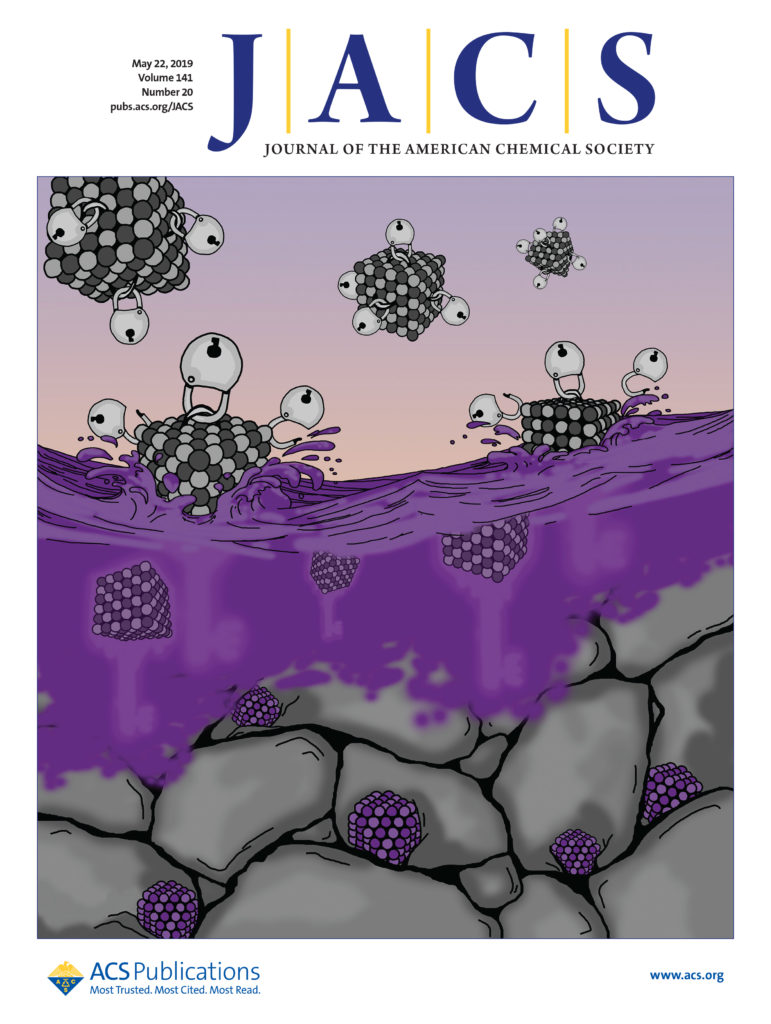
Dr. De Roo is visiting IST to explain us about surface chemistry!
APRIL 2019
He will explain us about his studies on organic ligands through solution and solid state NMR spectroscopy. To illustrate the usefulness of the NMR toolbox, he will work through several case studies on a variety of nanocrystal types such as metal oxides or CsPbBr3 perovskite nanocrystals. You can read more about his work in the following publications. Chem Mater 2018, 30, 5485-5492; ACS Nano 2016, 10, 2071-2081; Angew. Chem.-Int. Edit. 2015, 54, 6488-6491; Nat. Mater. 2016, 15, 517-521; Chem Mater 2017, 29, 6104-6113; Chem. Mat. 2018, 30, 8034-8039.
His talk is entitled: An NMR toolbox to study the surface of nanocrystals; Enabling superconducting, memristive and catalytic applications.
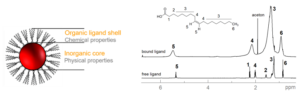
We have done our first synthesis!
JANUARY 2019
It took us almost 5 months but finally we have the fume hoods fully equipped and our small glovebox running.
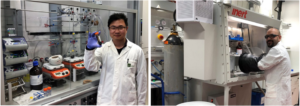
IST Austria ranked #8 Nature Index 30 under 30 List
DECEMBER 2018
IST was listed as number 8 in the Nature Index as a young institute that surpasses its peers in high quality science. The complete list consists of universities and research centers that are under 30 years old.
Prof. Dr. Paul Alivisatos will be awarded 2018 Wilhelm Exner Medal in Vienna!
OCTOBER 2018
The award ceremony along with the Exner Lectures will take place at Eschenbach Palace in Vienna on October 23rd and 24th. In the ceremony, together with Thomas Jennewein, Gregor Weihs and Zhenan Bao, Paul Alivisatos will receive the Wilhelm Exner Medal for his contributions to Nanomaterials development. He will be also giving a lecture entitled “Quantum Dot Light Emitters: From Displays to Enabling a New Generation of Energy Conversion Systems” on October 24. Prof. Jürgen Fleig (University of Technology, Vienna) and Maria Ibáñez will give lectures honoring the Wilhelm Exner Medalist with the title “Energy conversion and energy storage by moving ions in solids” and “Rational Design of Thermoelectric Materials from Nanocrystal Building Blocks” respectively. Find out more and register for the event!
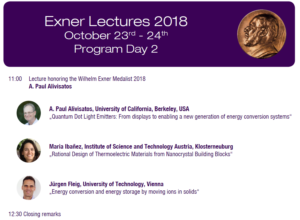
Building a Campus for Science!
SEPTEMBER 2018
IST Austria is expanding to include the fifth laboratory building for chemistry, grad school and library.
Save the date (October 11) for the ceremony where the official start of the construction will take place. Do not forget to register if you would like to attend the event to learn more about the new developments at IST Austria. Maria Ibáñez will be introducing the new research field at IST Austria during her talk at the ceremony.
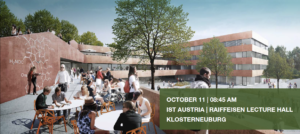
| 16 Fri |
|---|
|
All-day
|
|
00:00
01:00
02:00
03:00
04:00
05:00
06:00
07:00
08:00
09:00
10:00
11:00
12:00
13:00
14:00
15:00
16:00
17:00
18:00
19:00
20:00
21:00
22:00
23:00
|
